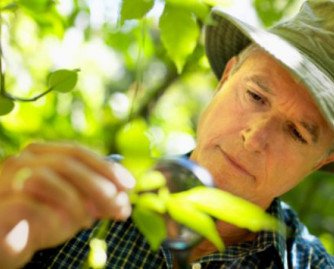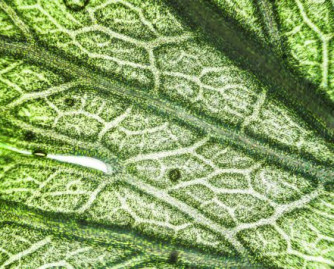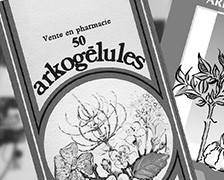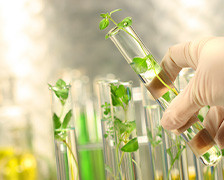Extract the best from nature
Source of inspiration, exploration and beauty, nature is at the heart of our daily life. Since our creation, we are looking for exceptional plants all over the world to offer you natural and leading products.

High-quality, rigorously selected plants
Our plants can come, either from cultivation (sowing, transplanting, cutting), or from collection in nature by our producer partners. To ensure their identity and especially their overall quality (foreign elements and active content), our raw materials are purchased whole.
Our supply chains are also regularly controlled by our teams to ensure compliance with good collection practices. To do this, we rely on a European guideline that supervises good cultivation and plant collection practices.
What checks are carried out on our plants?
Once the raw material has been purchased, our laboratory applies various analytical techniques:
- Macroscopic, microscopic and chemical identification tests to ensure that this is the right plant
- Physico-chemical tests to check certain parameters such as good drying, cleaning the earth on the plant
- Dosages of characteristic active ingredients to assess the richness of the plant in beneficial active ingredients for the organism such as flavonoids, essential oils, anthocyanosides
- Searches for contaminants such as pesticides, heavy metals, etc…
- Microbiological analyzes to ensure the product compliance of the product

The traceability of our raw materials
Highly controlled quality
100 % of our plants undergo quality controls: search for contaminants, heavy metals, etc ...
A certified
royal jelly
100 % of our royal jelly is certified by the responsible beekeeping charter.
A European
preference
Palmost 50 % of our plants are sourced in Europe, the majority of which in France.

Supporting our producers : a network of experienced suppliers
We have a very large portfolio of suppliers, made up during more than 40 years of experience and which continues to grow regularly. These suppliers are present worldwide and can be producers, wholesalers, intermediaries, etc. They are selected for:
- The quality of their plants
- Their knowledge and love of the plant
- Their culture and/or picking methods
- Their production and collection capacity
- Their tracing capacity and strict supply controls
- Respect for the integrity of the local biotope
- Non-modification of the plant
Strict specifications
The security of productions is based on the selection of several sources of supply at different times of the year. Our network of suppliers is present in the two hemispheres.
For example, the red vineyard is traditionally harvested in North Africa from October to November. We have decided to expand our supply to South America and Spain.
We thus benefit from two red vine supplies in the year allowing us to secure our productions and meet your needs throughout the year.
However, the quality of the plant remains our first supply criterion. Plant suppliers must therefore meet a very strict specifications.




